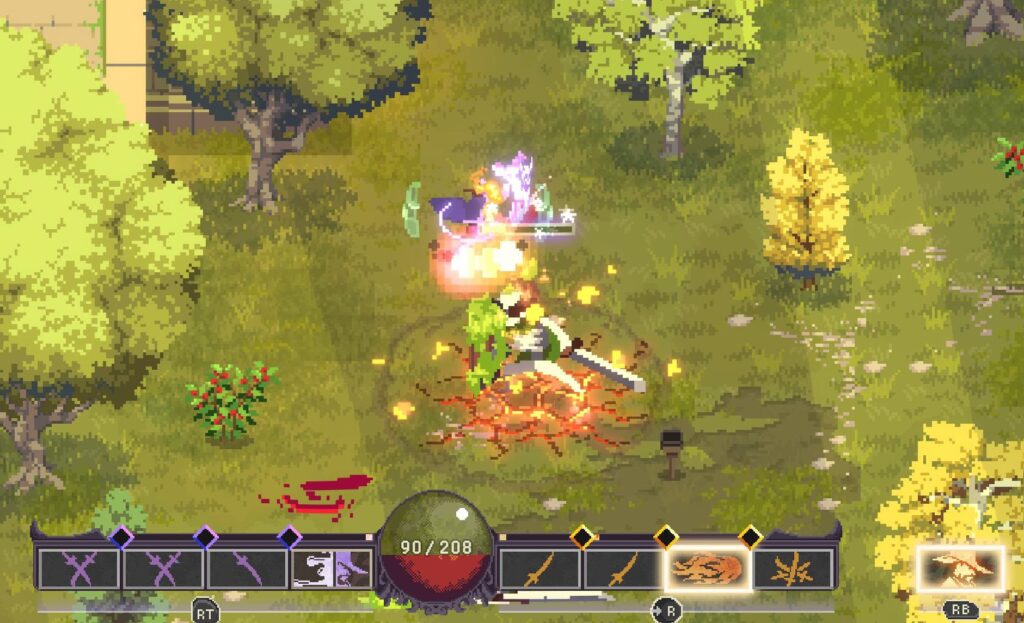
PC
There will eventually come a time when all permutations of the roguelite + X have been successfully achieved, and then we shall allow a new genre into the world. We’re not there yet, but the fantastic StormEdge gets us closer. The formula for this one is twin-stick RPG meets Slay The Spire, plus combo and dodge-based combat.
If there’s one thing StormEdge gets wrong, it’s explaining itself clearly from the start. Although as I sit down to write it out myself, I see why. There’s a lot going on here, its many layers smartly interacting and overlapping, as it asks you to learn a whole new approach to combat, at the same time as getting to grips with its systems. So let me do my best to explain it in chunks.
Combat here is primarily based around combos and dodging. Enemies have various levels of shielding, and breaking through their defences most often requires building up more powerful attacks, which is done by meticulously dodging attacks and traps at the very last second. A so-called “perfect dodge” affords you a notch up one of the game’s meters, and means your attacks will do more damage, but given the number of baddies charging, firing and swooping at you at any given time, alongside the physical dangers and traps that are part of the small arenas, there’s ample opportunity for such dodges.
Next, there’s your attacking. This too has a meter, and each attack in a row goes Basic Attack > Heavy Strike > Finishing Move. There’s no great skill to this, especially with the starting character, where you just press the attack button or point the right analogue stick, and it all takes care of itself. What’s important here is sculpting those attacks, improving them, either via the permanent upgrades in the game’s hub, or with temporary pick-ups on any given run.
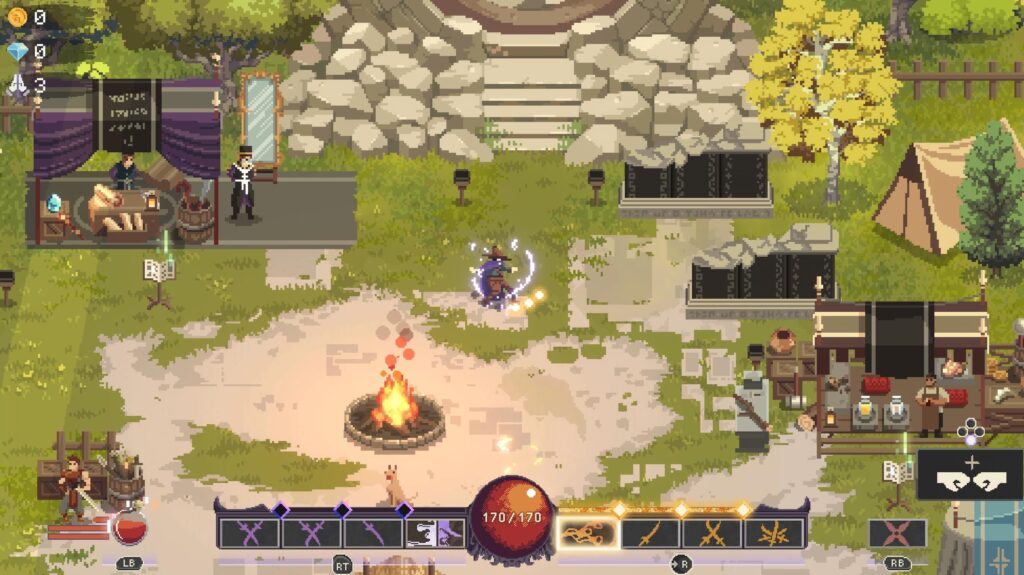
The game begins more like a regular RPG, with your character attempting to reach a village that is somehow holding out against elemental storms that are ravaging the country. A colleague, Bear, went missing there some time ago, and you’re attempting to rescue him. However, after what’s essentially a tutorial, you arrive in the village, which forms the hub you’ll return to each time you succeed or fail. There are, as you’d expect, a bunch of places to upgrade aspects of your character, and many more to unlock with progress, all with currencies gained on your runs.
And those runs: this is where the inevitably Slay The Spire aspect kicks in (I looked recently, and could not find a consensus term for those branching paths from which one picks a route, which means it’s my job to decide on one. They’re now called Multi-Fork Pathways, or MFPs), where each journey is a series of choices, based on what you’ll be rewarded with when you’ve finished the accompanying twin-stick combat battles. (There are no luxurious campfires or “story” options here.) Before you begin, you choose between one of two offered “schools”, which determine the extra abilities you’ll have on that specific run, and from then on you choose nodes based on the upgrades you prefer. You might pick something that’ll get you extra gold, used to buy better upgrades during runs, or one that will ensure you get to improve an aspect of your current school, or many others beside.
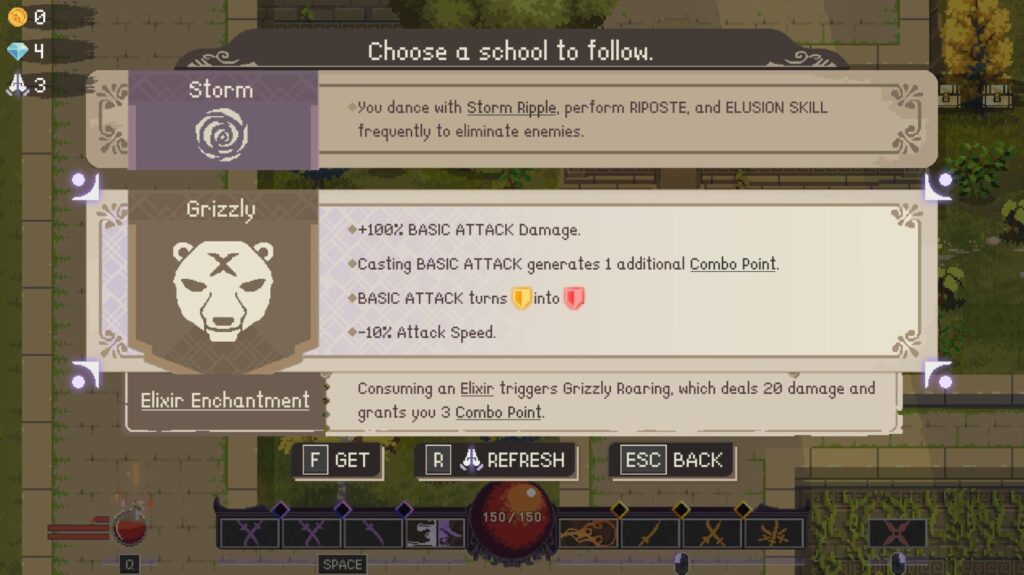
Battles are surprisingly intense, but also brief. In any given node, you’ll likely be passing through two or three battles, with the top goal of completing them all (it only counts during the fighting, not the walking between) in 40 seconds or less. That gets you an extra chest to open at the end of that node. 60 seconds also gets you a chest, and just getting there gives you a third. Then there’s whatever upgrade options you picked, and it’s off to the next. Reach the end of your MFP, and it’s a boss fight. Beat that, and you unlock the next “chapter”, which is a new biome with some new enemies to run through.
Beating the first boss also really opens up the game. You go from having one character to play as to four, each with a unique approach to combat, and unique abilities along those two meters. You also, by this point, will have enough resources to start making changes at the village, and push your way into the storyline alongside it.
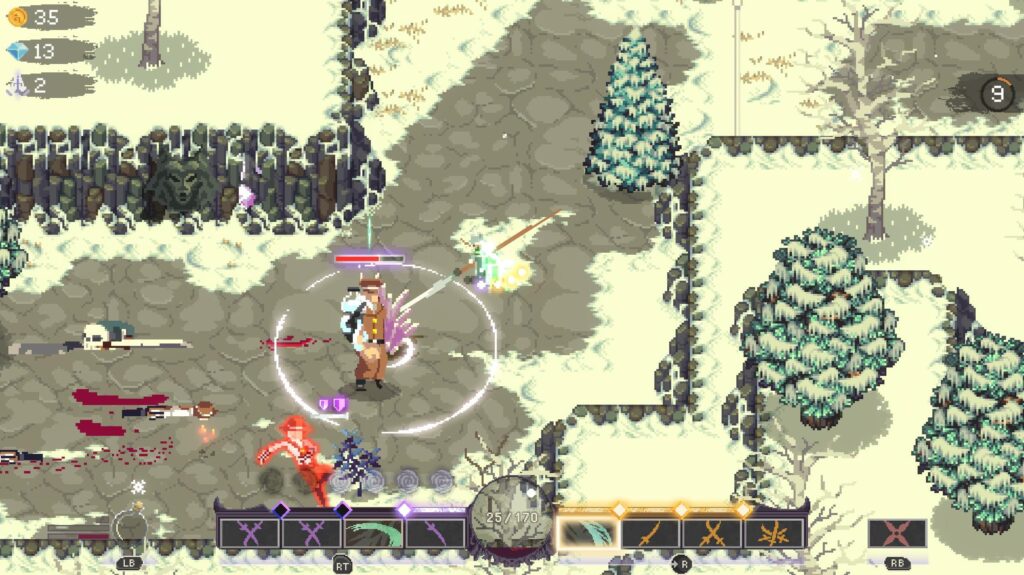
That’s a lot of mechanics, so let’s get to something slightly more important: is it fun? And, thank goodness, it very much is. The combat is intriguing, this need to constantly put yourself in danger so you can dodge at the last second, in order to be able to deliver larger damage, is something I’ve not encountered before. I worried it’d be too fiddly for me – someone who’d rather remove a limb with a pair of scissors than play a Soulslike – but it quickly all fell into place and makes for really pleasing action.
Each run then plays very differently depending upon the school you’ve picked, the character you’re playing as, and the progress you’ve made. I’m beginning to pick at the permanent upgrades, and working on getting enough Reputation to unlock a lot more on those various skill trees. And I’ve not even told you about the temporary weapon and armour drops you receive on a run, and opening new slots so you can use more of those, nor the role of elixirs, or why you want to earn Devotion, the co-op mode…
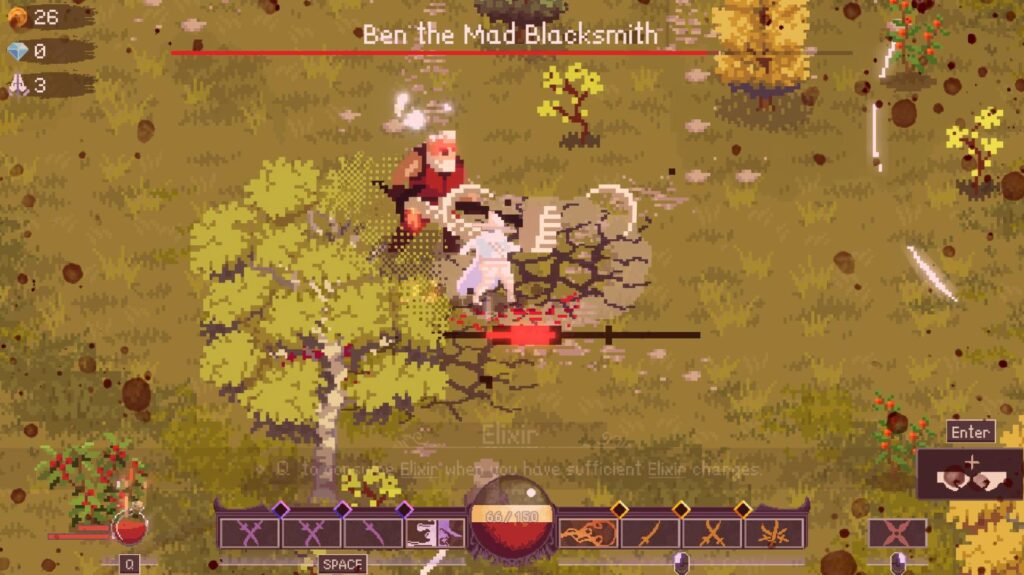
This feels so fantastically complete, such a well-rounded, deeply thought-through game. There are so many moving parts, but they fit together, embellish one another, and make everything feel more compelling. Plus, honestly, it’s just lovely to play a game with a multi-fork pathway (you’re loving that term now) that doesn’t also include a deck of cards. I love those games! But there are already so many of them.
StormEdge is, therefore, refreshingly original in many respects, while familiar in its constituent parts. It’s also just a really good time. Failure doesn’t feel awful at all, especially given you return to the village with progress either way. It’s a lovely game for chipping away at improvements, and learning new approaches and finding preferred methods. That’s a pleasure, which is a good term to describe the entire game.
P.S. There is one weird detail to add. Almost no noise has been made about StormEdge‘s launch. The game’s X account has been dormant since March, and publisher Hypetrain’s page for the game still lists it as coming out “2024.” Hypetrain’s X at least has noticed, but I’ve never received a single email about the game. And, unsurprisingly, it’s had no reviews at all. This is especially strange, given this is a genuinely excellent game, and seems like one that would get some traction if it received a push. All very strange.
- Shieldbreaking Games / HypeTrain Digital / Edigger
- Steam
- Official Site
All Buried Treasure articles are funded by Patreon backers. If you want to see more reviews of great indie games, please consider backing this project.
84



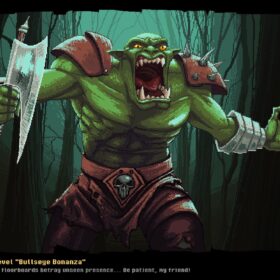
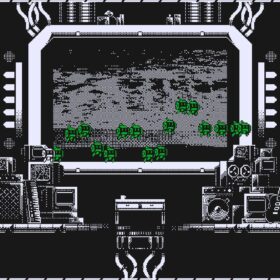
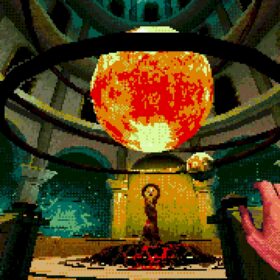

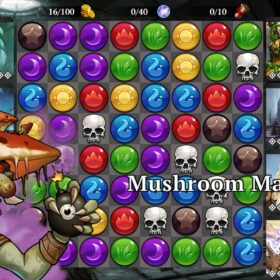
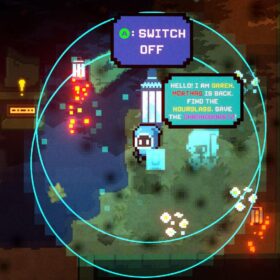


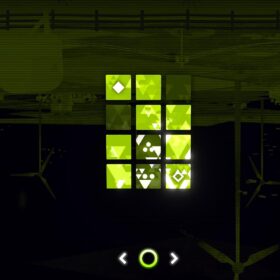
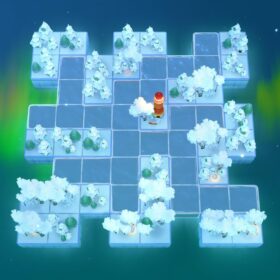
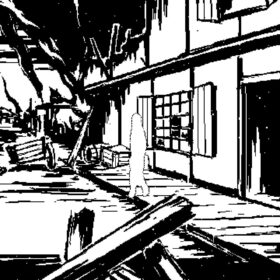



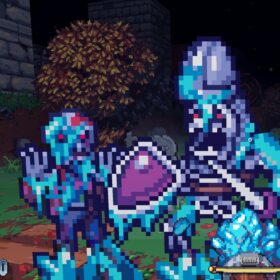
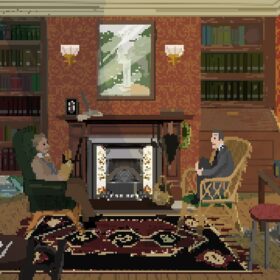
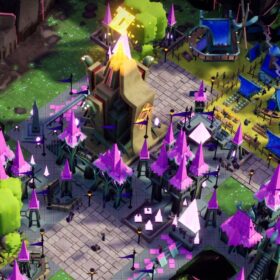
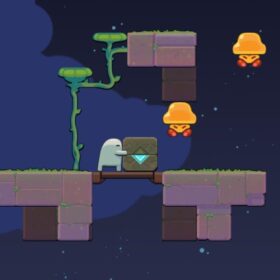
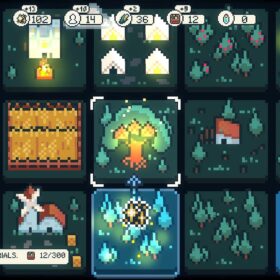

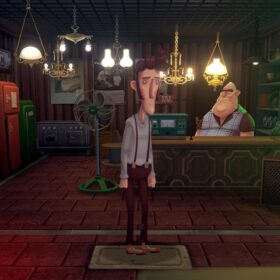
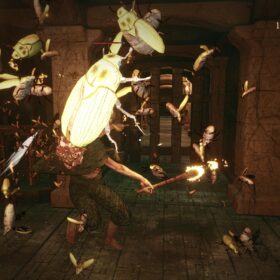

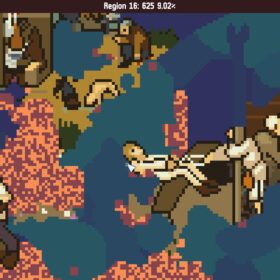
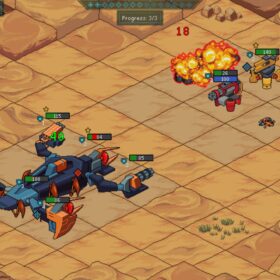


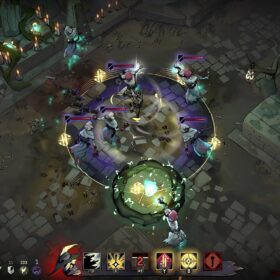
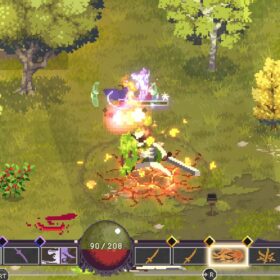
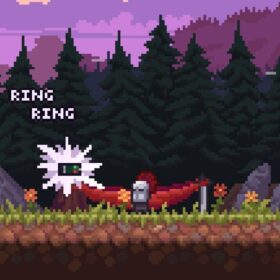
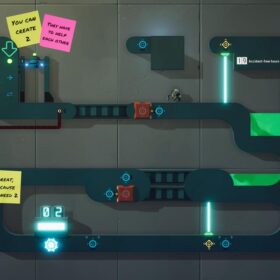
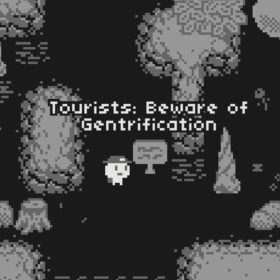
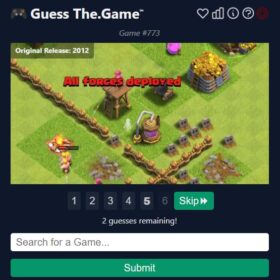
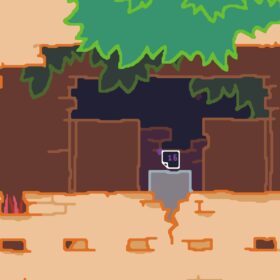
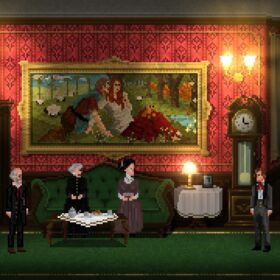

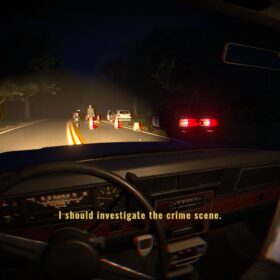
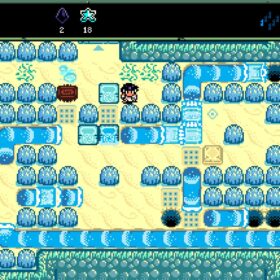
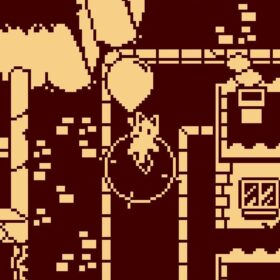
missing a huge new audience opportunity by not saying PLAY AS A HOT WOLF MAN and whatever species the feminine anthro is
this seems interesting, though i’m guessing you can’t romance the ben the mad blacksmith boss in that screenshot… (no i’m not a fanfic writer/illustrator, unfortunately)